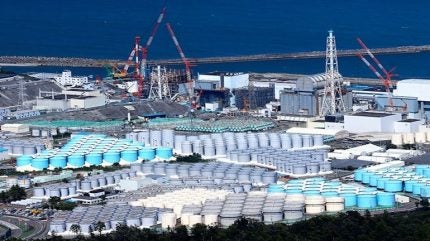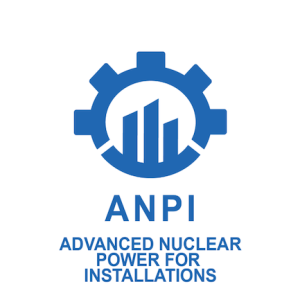
International Atomic Energy Agency (IAEA) experts have confirmed that tritium concentration in the 12th batch of diluted treated water, being discharged by Tokyo Electric Power Company (Tepco) is far below Japan’s operational limit.
Contaminated water, used to cool the melted reactor cores in the aftermath of the 2011 nuclear disaster at Fukushima, is stored in around 1,000 huge tanks at the plant containing more than 1.3m tonnes and total storage capacity has been reached. The contaminated cooling water and groundwater is treated by the Advanced Liquid Processing System (ALPS), which removes most of the radioactive contamination, with the exception of tritium.
The treated water is then stored in tanks before being diluted with seawater to one-fortieth of the concentration permitted under Japanese safety standards before being released one kilometre off the power plant. The water is being discharged in batches over a period of approximately 30 years. The first batch was discharged in August 2023.
IAEA experts stationed at the Agency’s office at the site of the Fukushima Daiichi NPP conduct independent on-site analysis of samples of the treated water prior to the release of each new batch. IAEA has confirmed that the tritium concentration in the diluted water for the 12th batch is far below the operational limit of 1500 becquerels per litre and is in line with international safety standards. IAEA also confirmed that the tritium concentrations in the previous eleven batches, totalling approximately 86,000 cubic meters of water, were also far below operational limits.
In a comprehensive report issued in July 2023 before the discharge began, the IAEA’s safety review found that Japan’s plan for handling the treated water was consistent with international safety standards and that the release as planned would have a negligible radiological impact to people and the environment.






